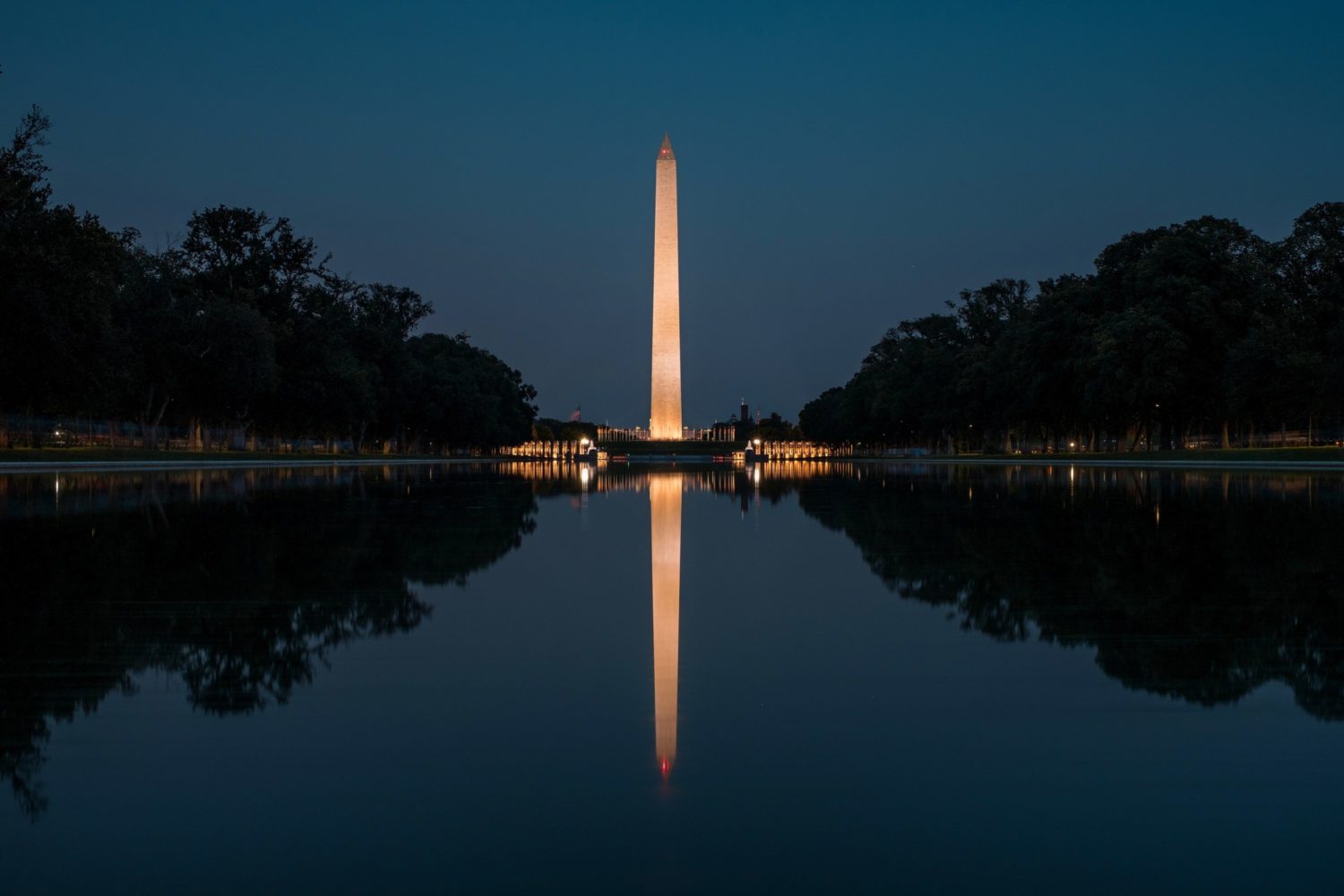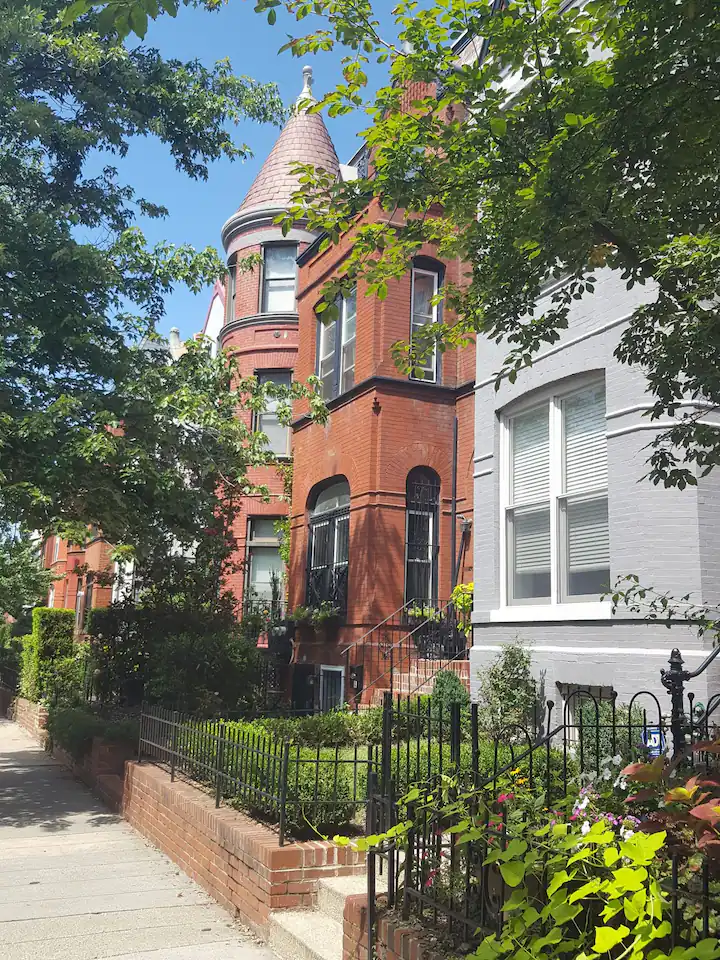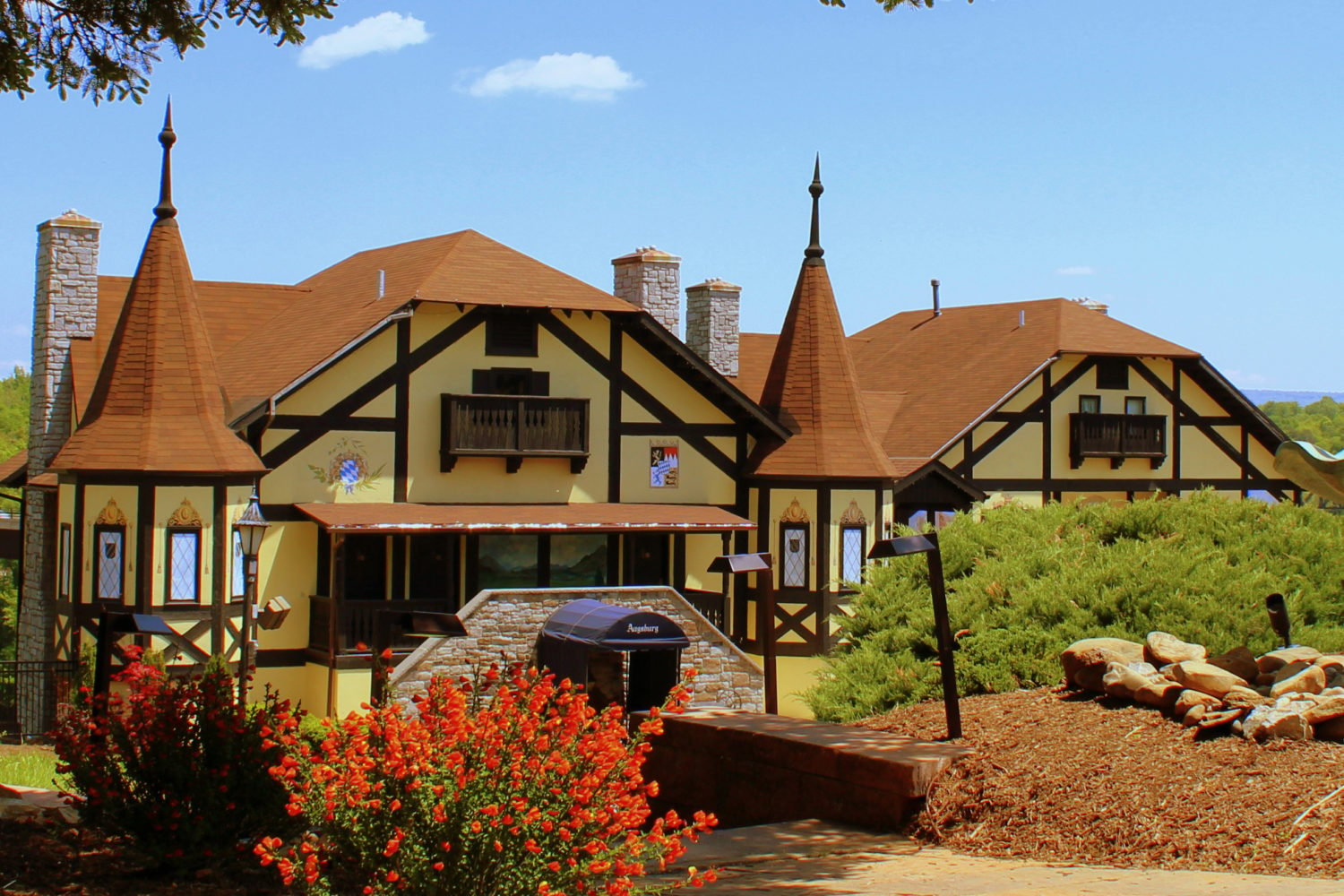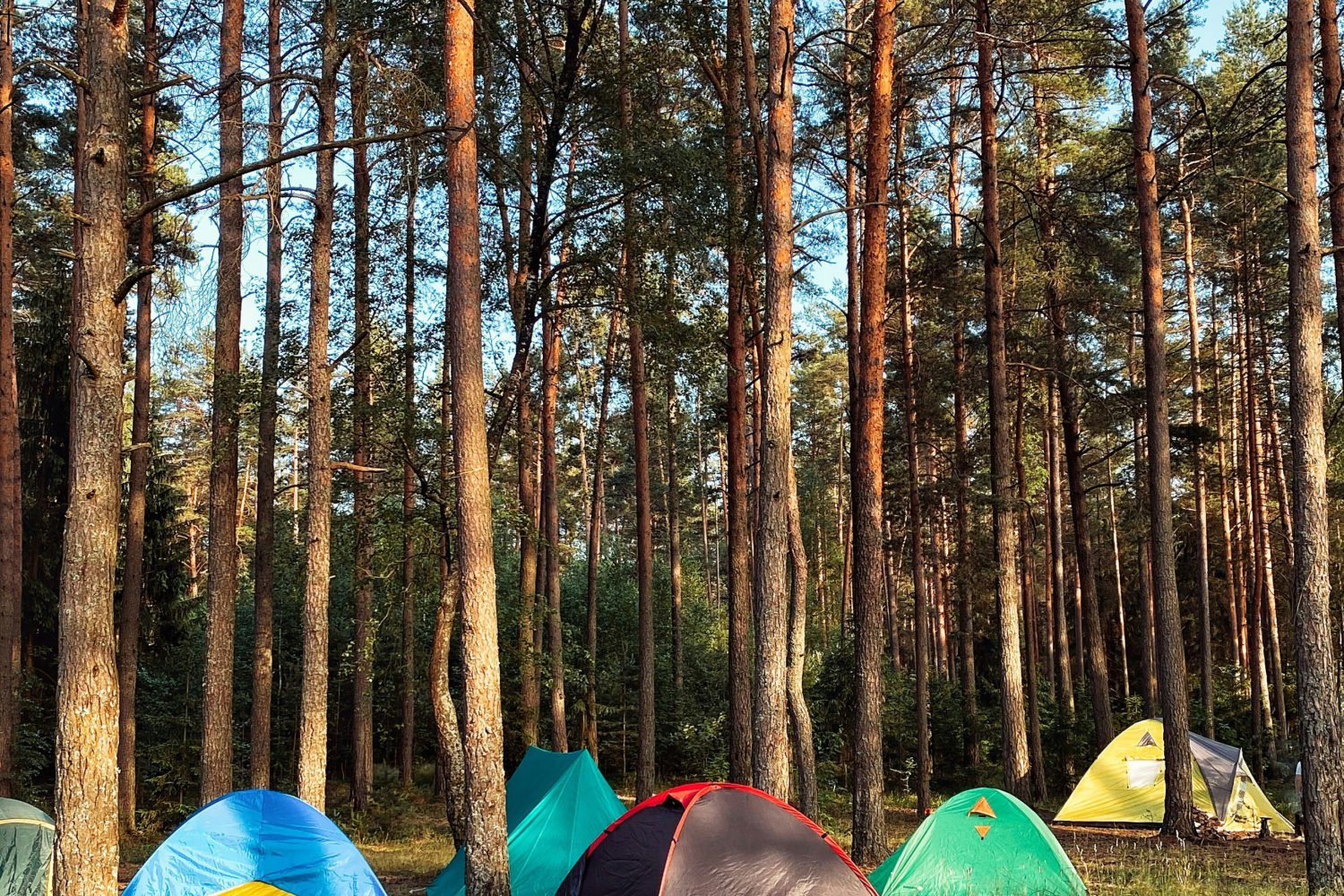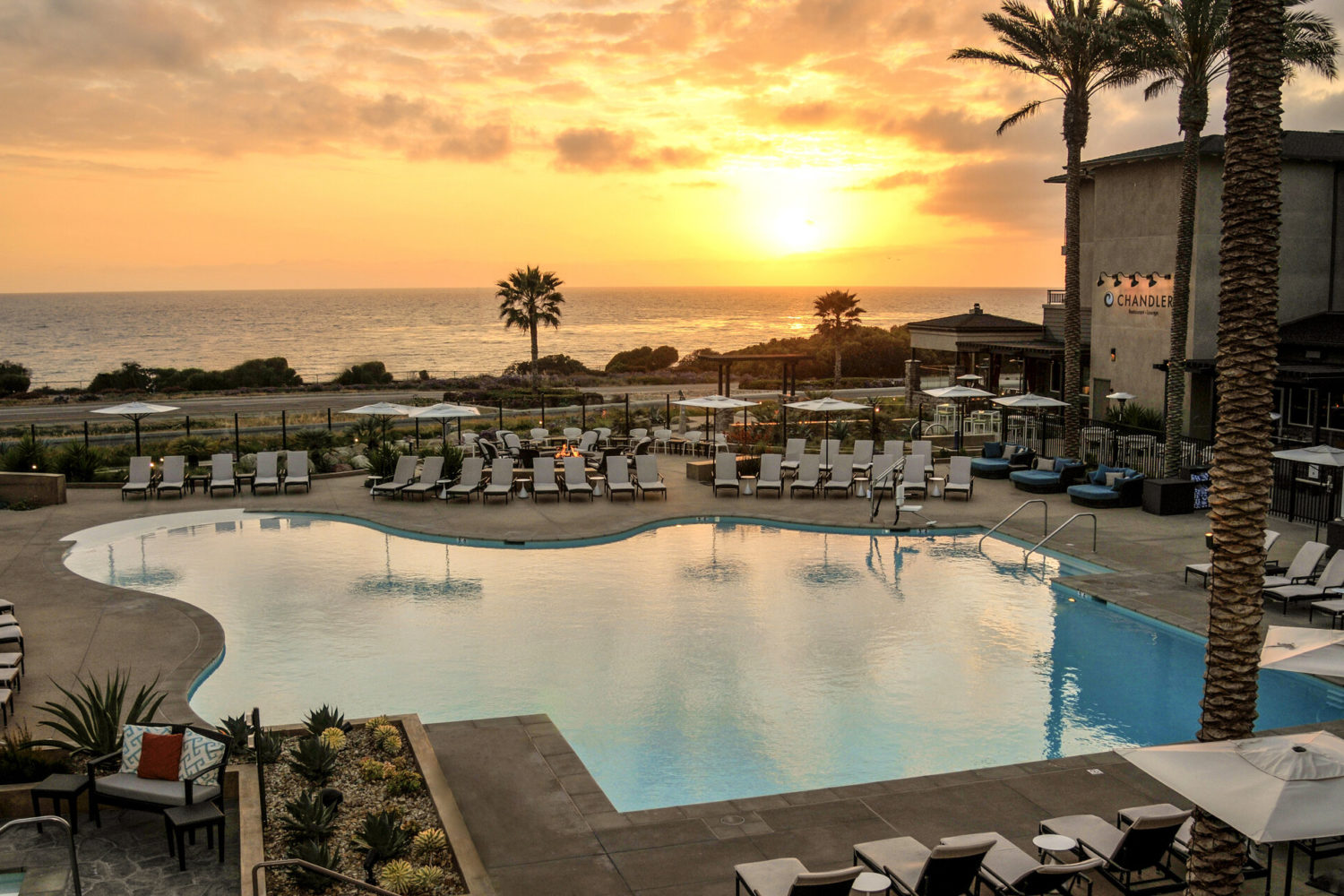Illustration by Mike Reagan
Harpers Ferry
West Virginia
October 16, 1859
The site: Some say the war’s first shot was fired October 16, 1859—18 months before Fort Sumter—when abolitionist John Brown invaded this hilltop village and led a raid on the federal arsenal. Brown was captured and hanged. The town, with a ragged Northern garrison protecting a Union armory, was bombarded regularly early in the war, but it was the site of only one major battle. On September 15, 1862, Stonewall Jackson and his troops—outnumbering Northern troops by almost two to one—surrounded the town and took 12,500 prisoners, the South’s largest troop capture of the war.
The sights: Atop a rocky crag overlooking where the Shenandoah and Potomac rivers meet, the town is the most scenic of Civil War sites. Don’t miss John Brown’s Fort or the views of the churning rapids from the old graveyard above town. Try Ghost Tours of Harpers Ferry, offered Monday through Saturday.
Keep in mind: West Virginia was part of Virginia and the South but broke away and joined the North after the war began.
Battles of Bull Run
Manassas, Virginia
July 21, 1861, and August 28 to 30, 1862
The site: Fought a year apart, the two clashes at Manassas proved disastrous for the North. The war’s first land action brought together two inexperienced armies. The Southerners broke the cocky Northerners’ right flank and chased them toward the capital. The second battle’s outcome, with more hardened armies, was similar.
The sights: The battlefield, about 30 miles from DC, is a favorite among local Civil War buffs—both battles are easily relived through interactive maps and CDs at the visitors center. Park rangers and interpreters lead good tours.
Keep in mind: Henry House, at the site, was home to the war’s first civilian casualty, 85-year-old widow Judith Henry, who was killed by gunfire. Wilmer McLean owned the farm that was the site of the first battle. To escape the war, he moved—to Appomattox.
Battle of Antietam
Sharpsburg, Maryland
September 17, 1862
The site: Lee threw the combined forces of his invading generals at the North for the first time, prevailing in a battle that left the largest number of casualties from a single day’s combat in American history—23,000 dead and wounded and missing. Such bloodletting introduced a new kind of hero: Clara Barton and her “angels of the battlefield,” the combat nurses.
The sights: Many consider Antietam the war’s most important battle because, although Lee won, it slowed his momentum. You can easily follow the dramatic thrusts and parries of the troops around and through the Cornfield, the Sunken Road, and Burnside Bridge. The monuments include a dramatic display of cannon muzzles sealed in blocks of stone to honor the six generals—three Union, three Confederate—killed that day.
Keep in mind: Clara Barton could never stay away from battles, founding the American Red Cross after the war.
Battle of Fredericksburg
Virginia
December 11 to 15, 1862
The site: “If there is a worse place than Hell, I am in it,” Abraham Lincoln said after the North lost here. His mood, as well as public pressure, had led him to relieve General George B. McClellan, replacing him with ill-equipped General Ambrose Burnside. Burnside turned Fredericksburg into a botched river crossing and a hopeless charge against Southern lines.
The sights: Take the walking tour of the Sunken Road, where the early action, from looting to hand-to-hand combat, took place.
Keep in mind: Besides the legacy of defeats, Burnside’s name and beard added “sideburns” to our language.
Battle of Chancellorsville
Virginia
April 30 to May 6, 1863
The site: Chancellorsville was Lee’s greatest victory, but one incident during the battle resulted in perhaps the South’s greatest loss. On a nighttime reconnaissance ride, Confederate general Stonewall Jackson was mistaken for Yankee cavalry and was shot by friendly fire. He died eight days later.
The sights: A monument marks the place Stonewall Jackson fell, near the present site of the visitors center. You might also visit Jackson Shrine and nearby Chandler Plantation at Guinea Station, where he died.
Keep in mind: Jackson died of complications after his arm was amputated. Lee told friends to tell Jackson he had “lost his left arm but I have lost my right.”
Battle of Gettysburg
Pennsylvania
July 1 to 3, 1863
The site: The 25-square-mile battlefield became the war’s turning point when the North defeated Robert E. Lee and sent his troops back across the Potomac. At the cemetery’s dedication, Lincoln delivered the war’s most famous speech, his Gettysburg Address.
The sights: You can stand in the footsteps of soldiers on Pickett’s Charge or of snipers in Devil’s Den, or imagine the fierce fighting at Little Round Top. Gettysburg, the best maintained of all the Civil War battlefields, offers the best tours. See it on horseback with a park ranger explaining the complex battle as you go, on a double-decker bus with piped-in commentary and war sounds, or in your own car with a CD of boisterous description and thunderous cannon fire.
Keep in mind:With 51,000 casualties—about evenly split between North and South—out of 170,000 troops, Gettysburg remains the bloodiest battle in American history. The North recovered 37,574 rifles, some with only one bullet fired.
Battle of Monocacy
Frederick, Maryland
July 9, 1864
The site: Rebel General Jubal A. Early won this battle. Still, Union general Lew Wallace’s makeshift force slowed Early’s advance on Washington by one day, and Grant rushed in fresh troops around the capital, stopping the Southerner. Grant dismissed Wallace, and Monocacy was later called “the battle that saved Washington.”
The sights: Check out Best House, on the old Best Farm, where Union soldiers discovered a copy of Lee’s Special Order 191, detailing army movements.
Keep in mind: Wallace spent years trying to repair his reputation, which had been damaged mostly by his actions at the Battle of Shiloh in 1862. In 1880, he published Ben-Hur. It became one of the 19th century’s bestselling novels. Four movies were made from it.
Richmond
The sights: Start your visit at the Civil War Visitor Center, housed in the old Tredegar Iron Works, which manufactured locomotive engines, half of the guns used by the South, and 723 tons of armor plating that covered the CSS Virginia (formerly the USS Merrimack), the world’s first ironclad used in war.
The sights: Start your visit at the Civil War Visitor Center, housed in the old Tredegar Iron Works, which manufactured locomotive engines, half of the guns used by the South, and 723 tons of armor plating that covered the CSS Virginia (formerly the USS Merrimack), the world’s first ironclad used in war.
DON’T MISS
Hollywood cemetery
Burial ground to 18,000 soldiers, Jefferson Davis, J.E.B. Stuart, and other Confederate war heroes, it has some of the best views of Richmond.
Chimborazo Medical Museum
The largest of the city’s five Confederate hospitals treated 77,000 patients and became the best-known medical facility of the war. Exhibits include some 200 pieces of battlefield medical equipment and a 17-minute film, Under the Yellow Flag, which relates the story of 19th-century combat medicine.
Museum and White House of the Confederacy
The museum houses the largest collection of Confederate artifacts and photographs, including Lee’s Appomattox uniform and Stuart’s plumed hat. Jefferson Davis’s four-story home, restored to its Civil War appearance, is open for tours.
Richmond National Battlefield Park
This site commemorates four major battles fought between 1861 and 1865, including the Seven Days’ Campaign, in which Lee repelled the Union’s first attempt to take Richmond, leading to three more years of war. A driving tour connects 13 sites, with four separate visitors centers, along an 80-mile route.
This article appears in the August 2011 issue of The Washingtonian.




